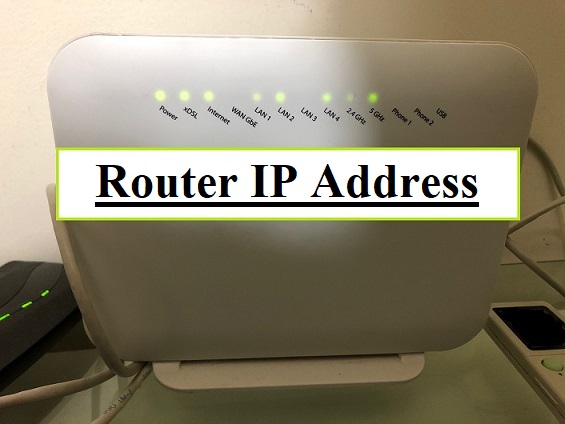Internet routing table
An Internet Routing Table is a list of nodes or other references used by the routing protocol to decide where a specific destination should be sent to and from. In simple terms, it is a map from IP address to IP address. In more technical terms, an Internet Routing Table has a ranking order that ensures that routers in a certain area will always send traffic to areas in other areas. In more practical terms, an Internet Routing Table allows a network administrator to create a list of alternative IP addresses for clients so they may access the Internet if the first one they want to connect to is not available. There are times when a particular address is not specified and this causes an error message to be displayed instead of being routed.

A detailed explanation of how an Internet routing table works can be found in the topic description of this article. For now, it will be sufficient to say that an IP address is a unique string of numbers assigned to a specific computer, or sometimes to a group of computers. The Internet uses a table to organize network traffic according to the IP addresses of each router. In short, the purpose of an internet routing table is to assign subnet masks to each address and create a logically related set of IP addresses.
Every network has multiple edge routers and there must be a way to relate them to one another, and the addresses of each router must be able to be typed into a standard input/output device such as a keyboard. An IP packet has to be converted between the layer 2 protocol layers and the IP address before it can be used by a computer. This task is done by the destination network router. The destination is usually a subset of the physical network, which consists of the physical layer, i.e., the Ethernet cards, switches and storage arrays.
Internet routing table
The internet routing table can be very complicated if network operators will have to support more than just a single network. There are actually several possible routes to follow in this case. Some of these routes will include broadcast domains, default gateway, static routes, gatewayways and other routing techniques. If the number of possible routes are large, it is more efficient for network operators to store the entire list in the router’s cache and forwarding information base to a single computer.
There are several benefits for the users of the internet routing table. One benefit is for the network operators to avoid the extra cost of adding more routers to their networks. With an updated IP address and a new IP network layer added to the internet router, it can forward the packets of data to the new IP destination without resuming the old routing process. However, it can only do this as long as the cache and the forwarding information base of the router contains all the required information. If any of the information in the cache and forwarding information base is outdated or no longer applicable, the packets of data will be dropped and users will experience poor reception of their connections.

The updates to the IP networking protocol often involves establishing the relationships among IP addresses, subnet masks, and network prefixes. There are several approaches used for the purpose. Most people use the traditional subnet matching where each address has a different meaning in the network. The traditional method of finding the logical paths through which to connect the computers is via the so-called logical path matching, which requires some additional overhead on the part of the network routers.
The second type of procedure is via the so-called unicast routing table. The Unicast routing table is used for small Local Area Networks (LANs) and for standard MPLS networks. It is used for forwarding packets of data between Local Area Networks and unicast networks. The unicast system allows two or more computers to connect with one another using different paths inside the same network. The older IPTV and IPTVS utilize the internal unicast system while the newer IPTV utilizes the external unicast system.
The third type of Internet routing table is the multi-homed unicast system. Multi-homing systems allow more than one IP address for a single IP station. Multiple forwarding domains can be established for the purpose of allowing IP stations to reach various Internet services such as content filtering, application servers, and edge routers. The new Multi-Networking technology also allows for Multicast Broadcasting using the SBCP protocol.
<
